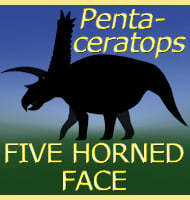Richardoestesia
In Depth To start with the discovery, fossil specimens that would be raised as Richardoestesia where actually described as belonging to the type species of another dinosaur named Chirostenotes. Study in the 1980‘s however yielded the revelation that Chirostenotes was an oviraptorid, which means that the more classic theropod jaws and teeth could not possibly … Read more

